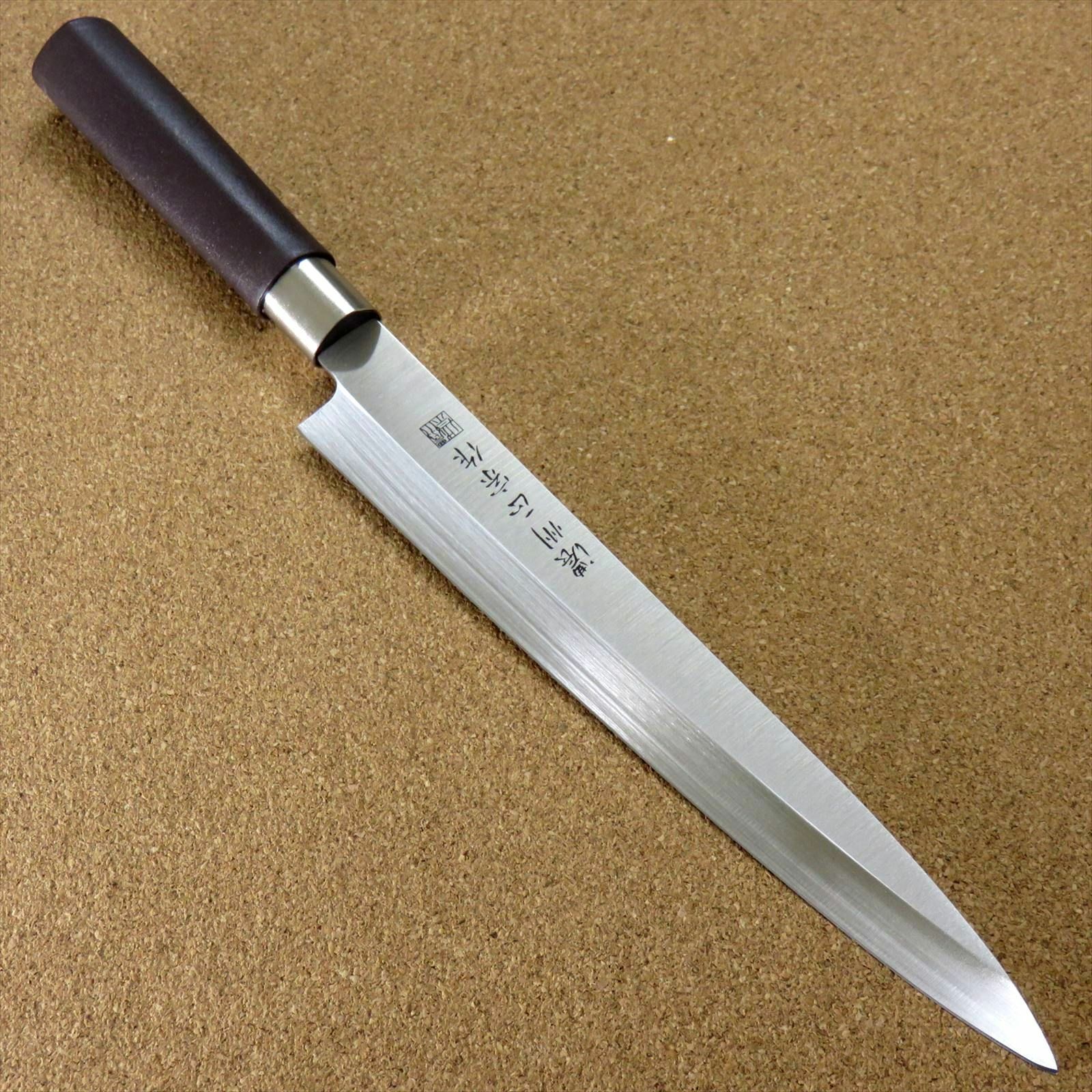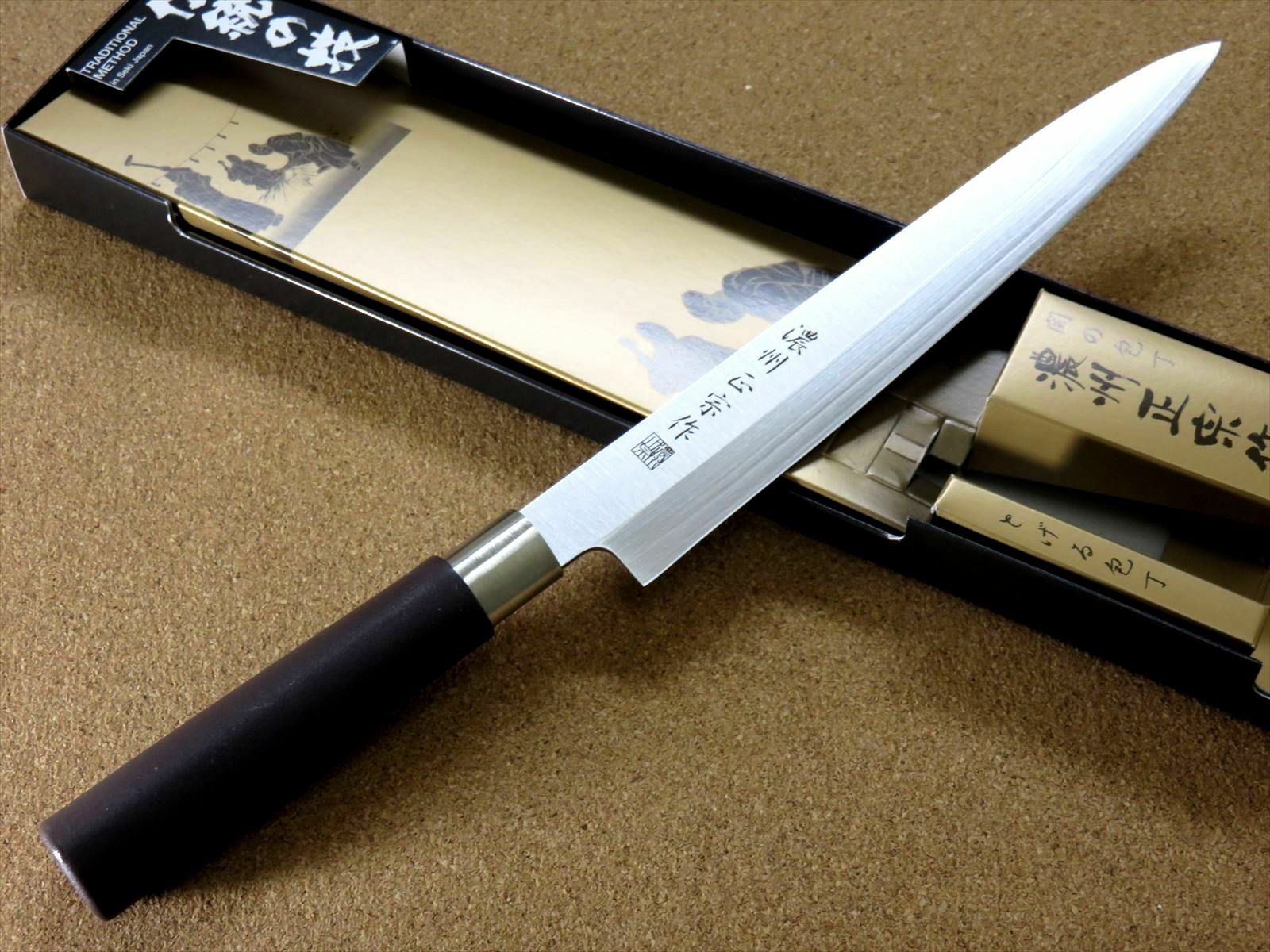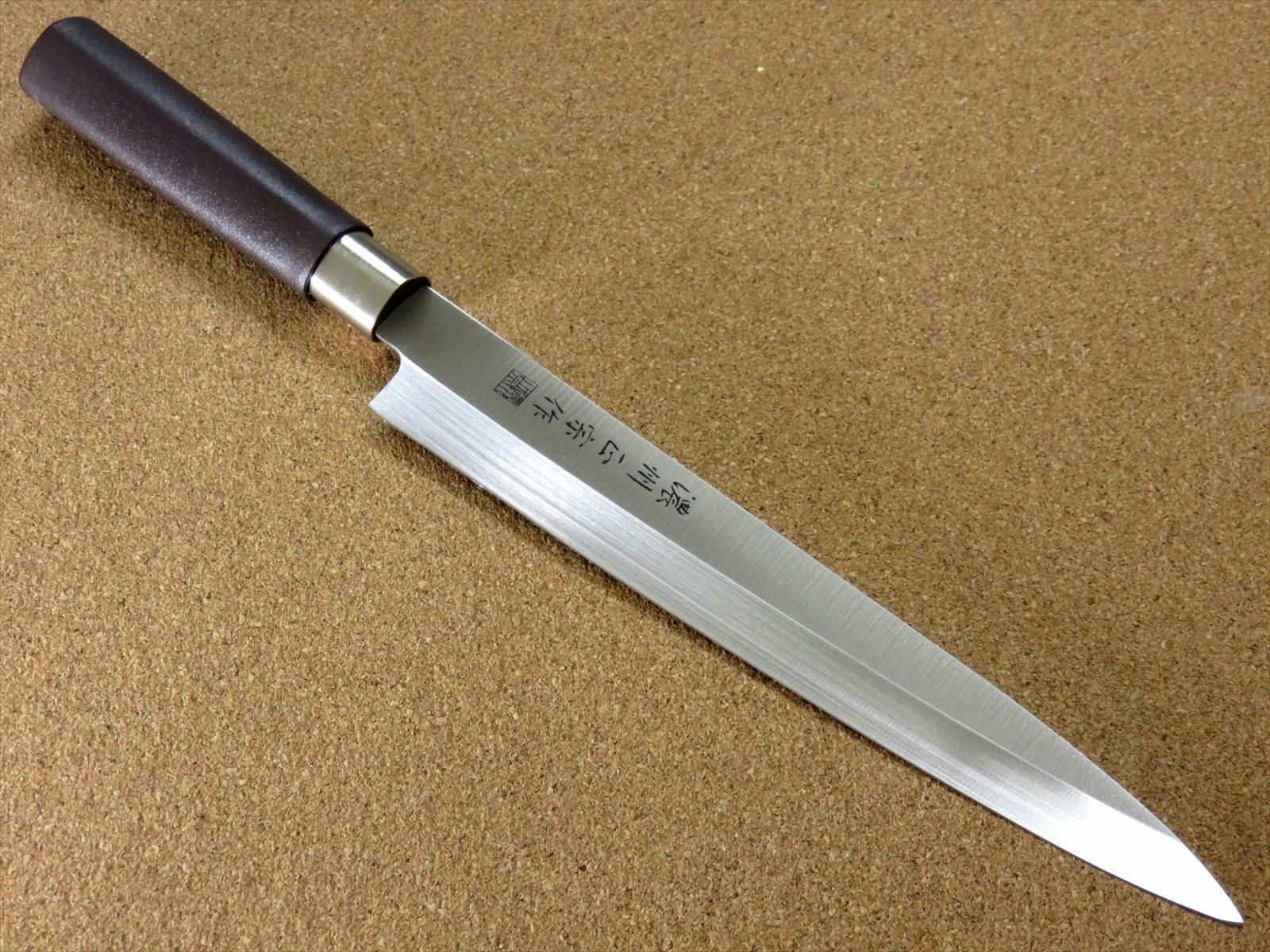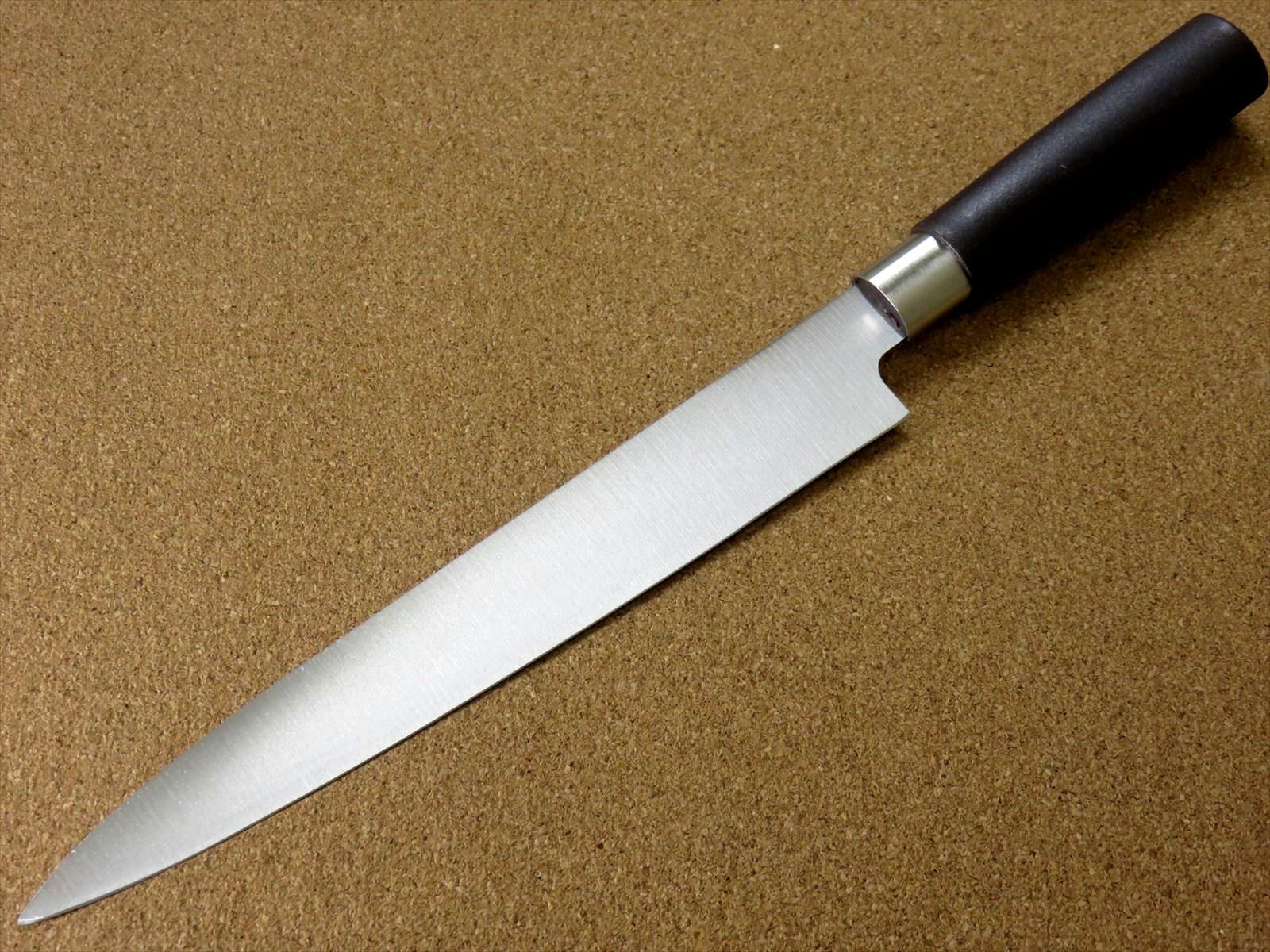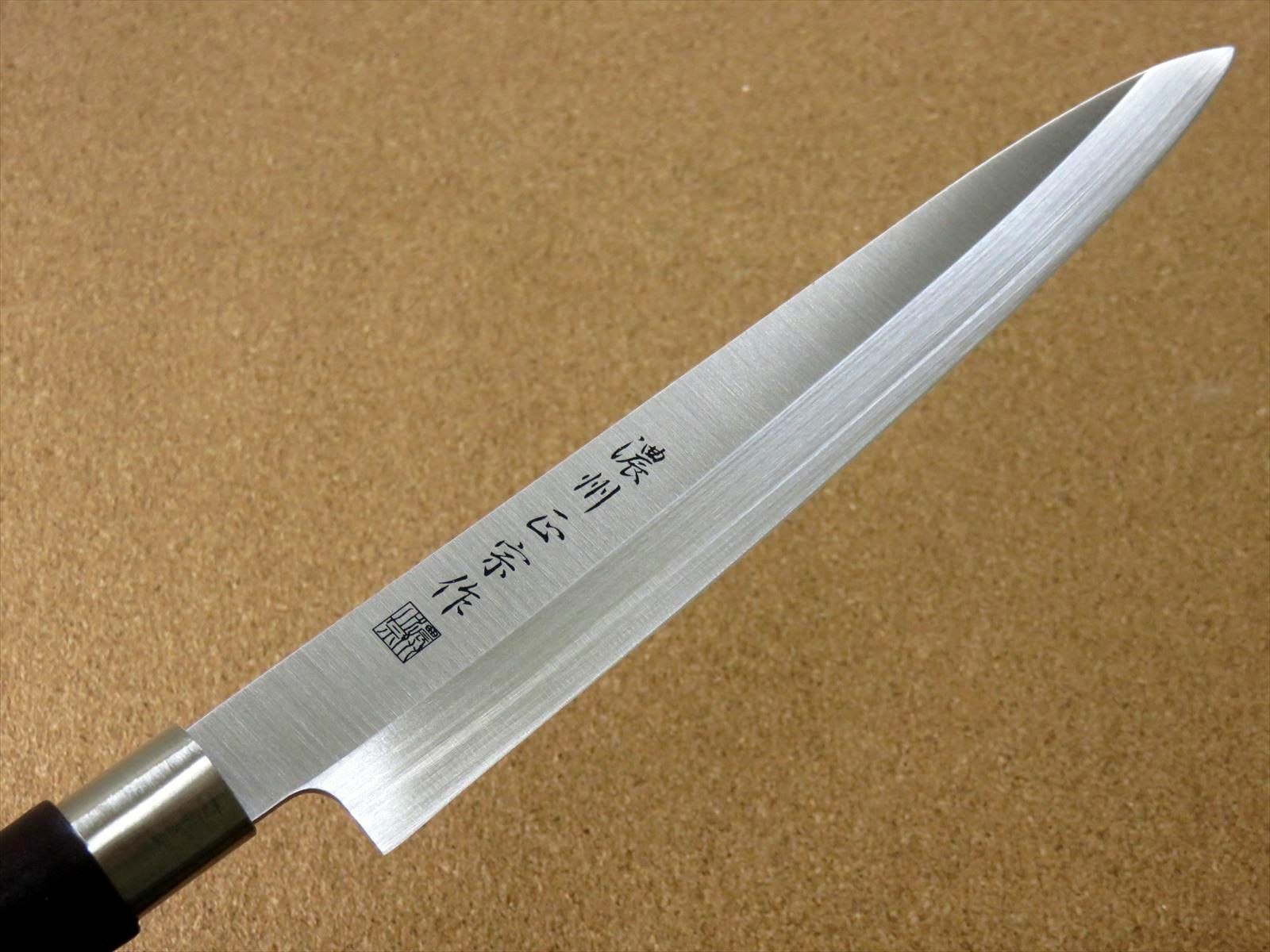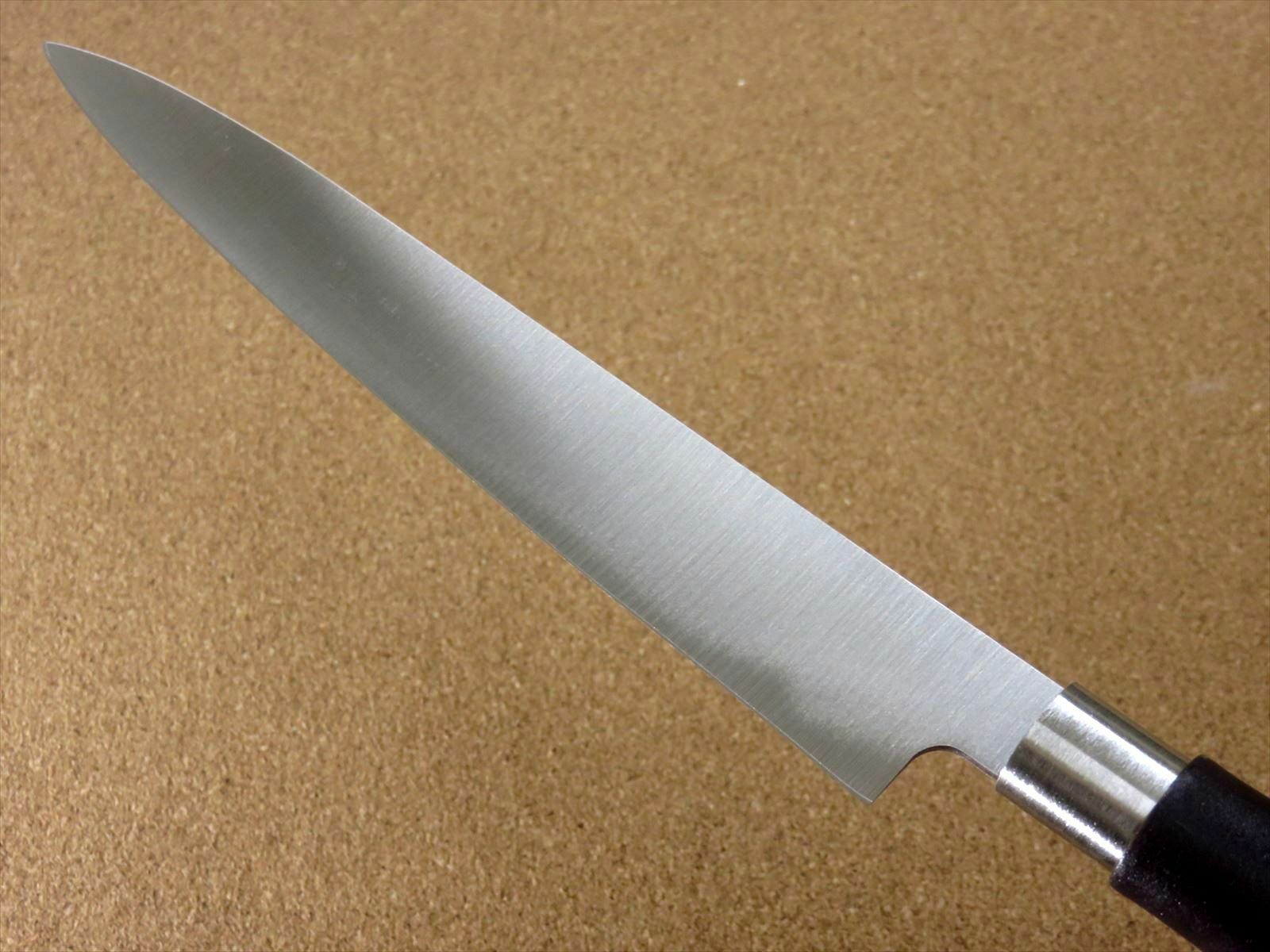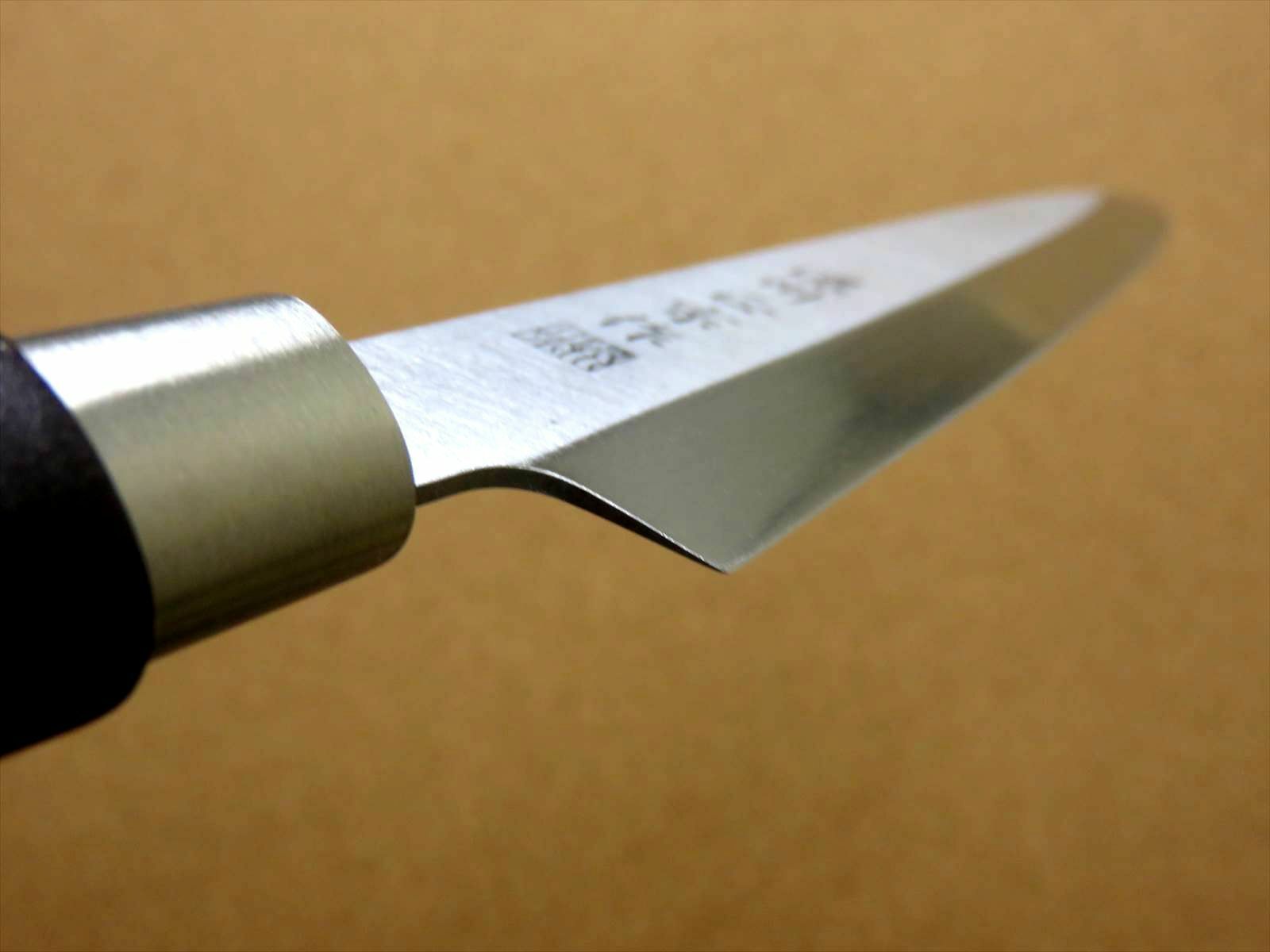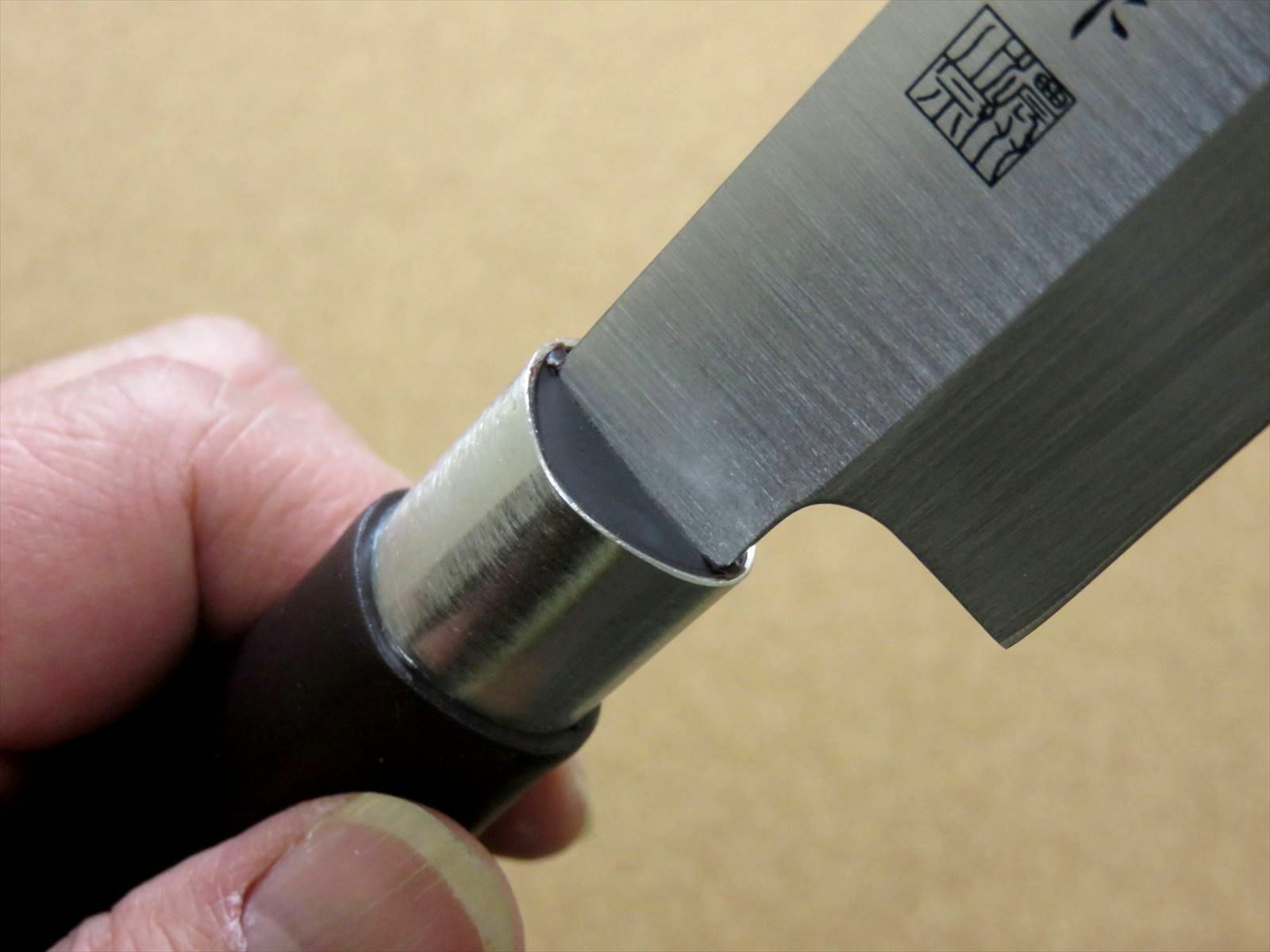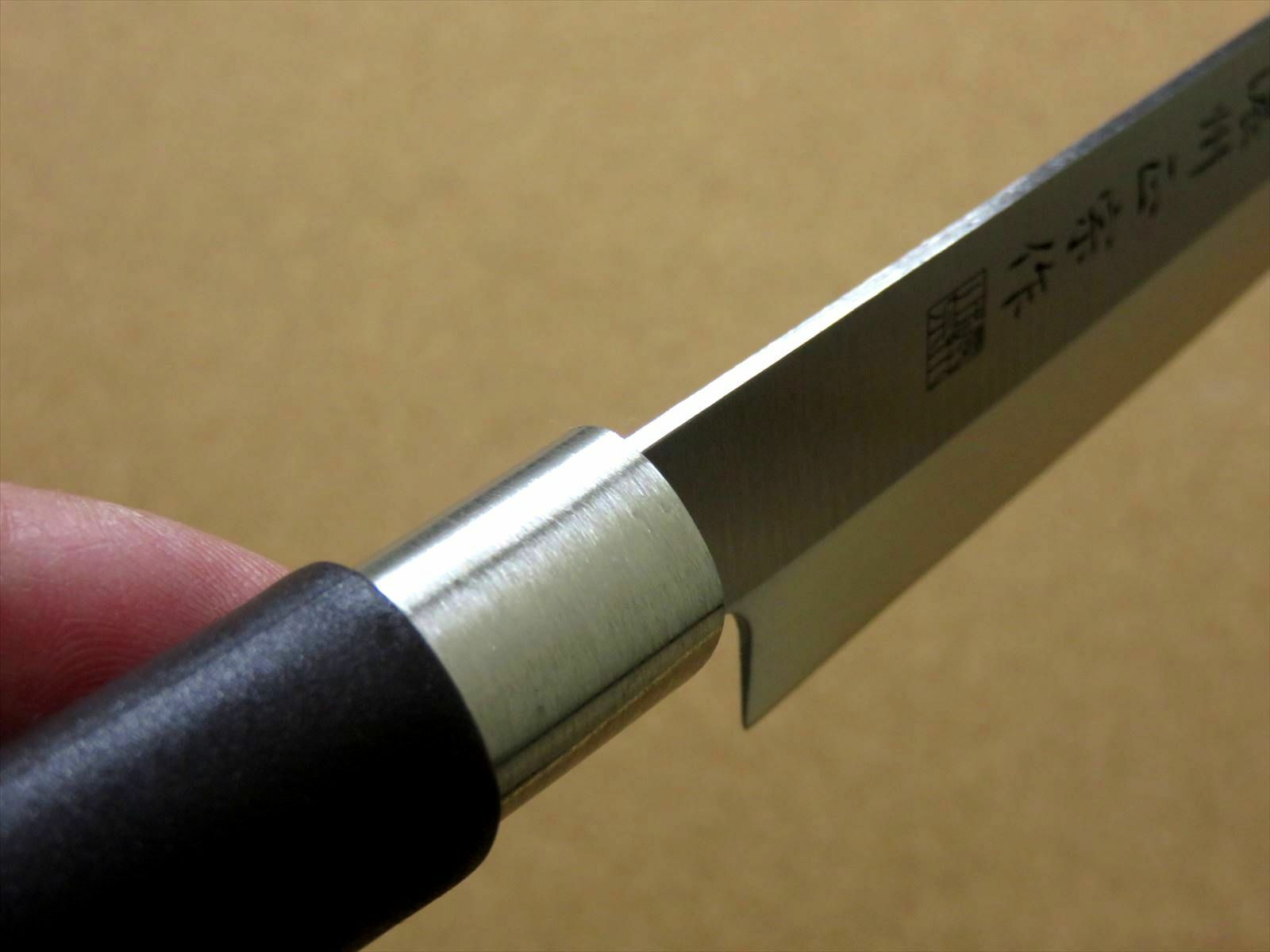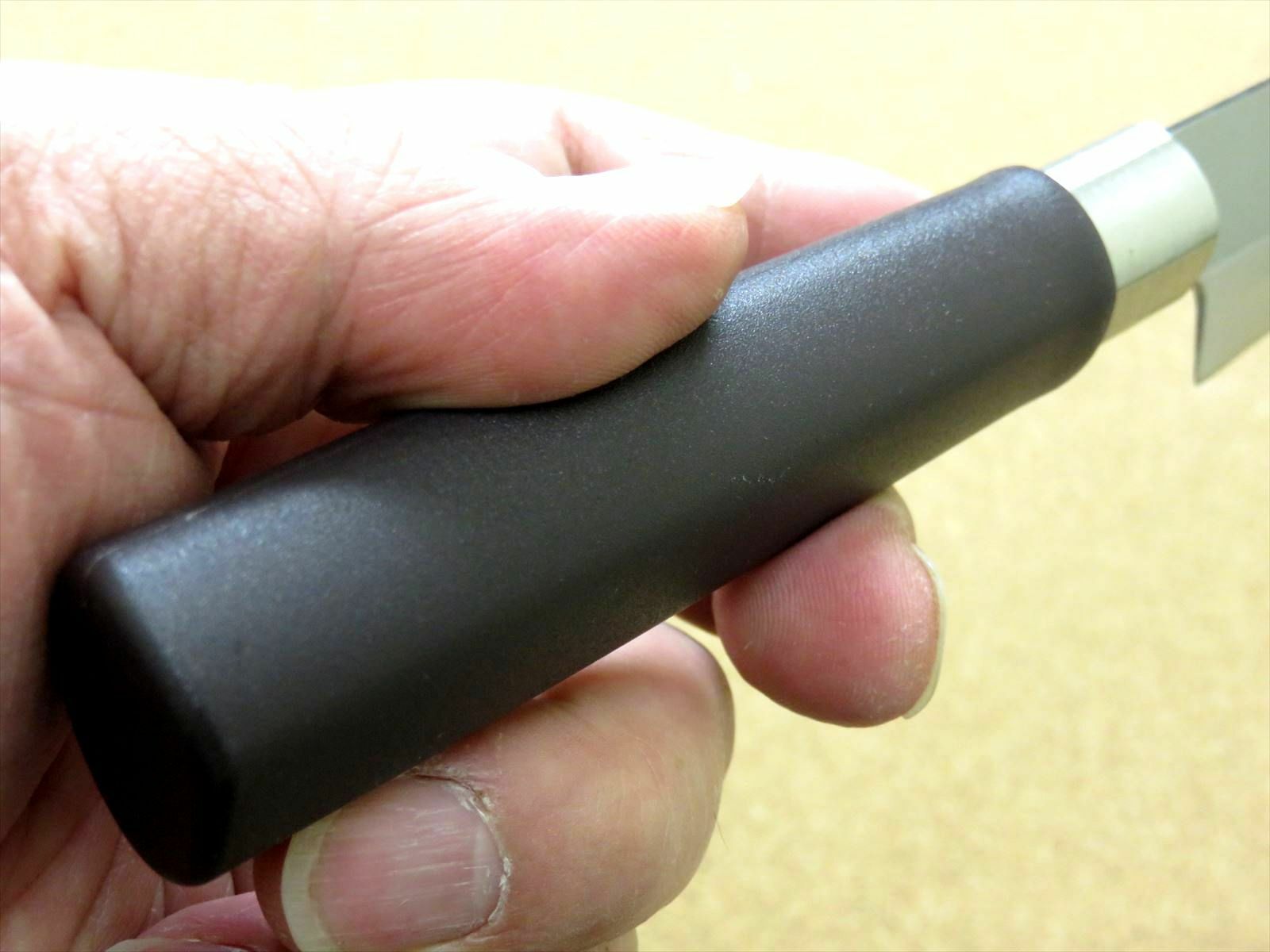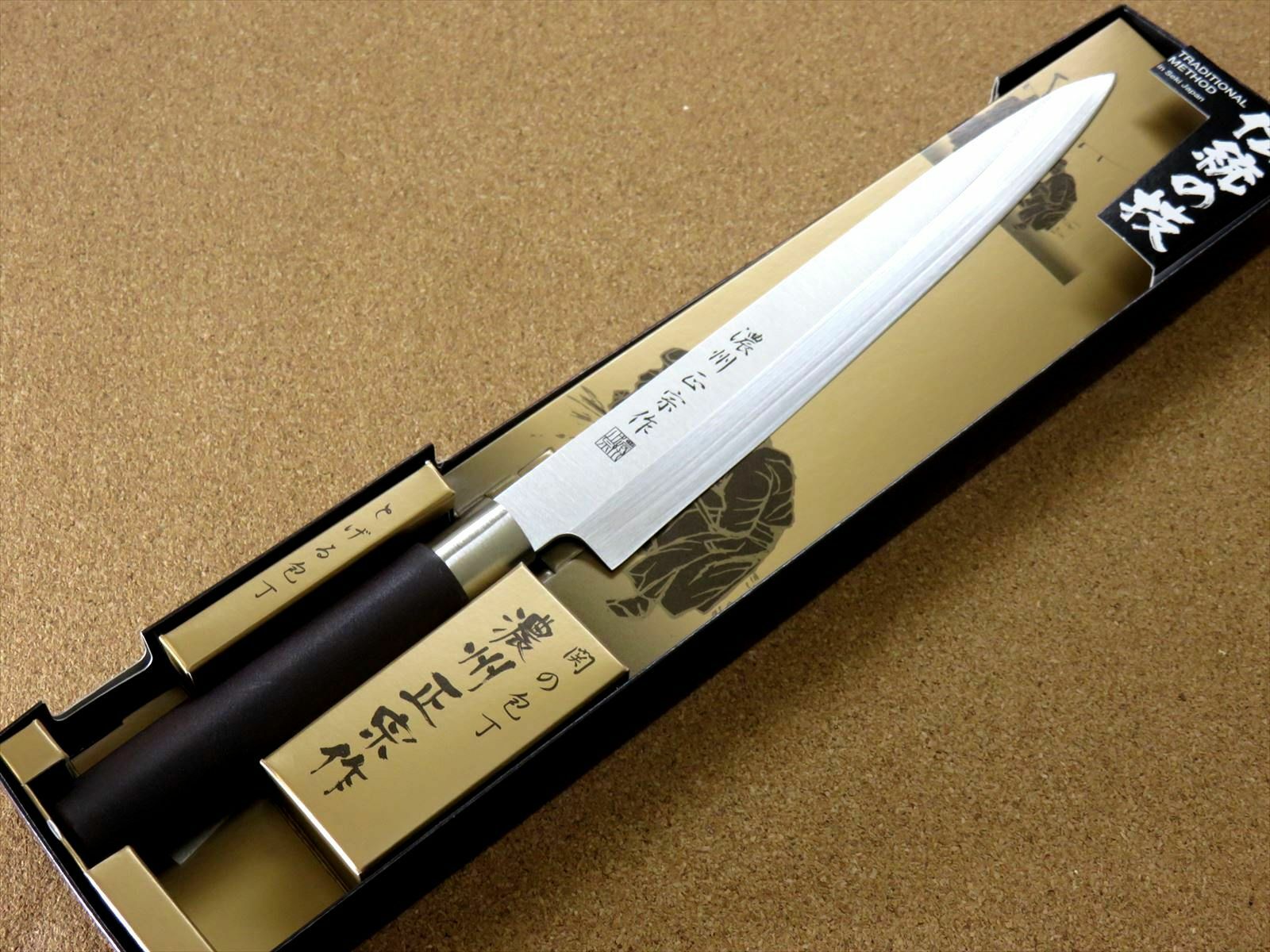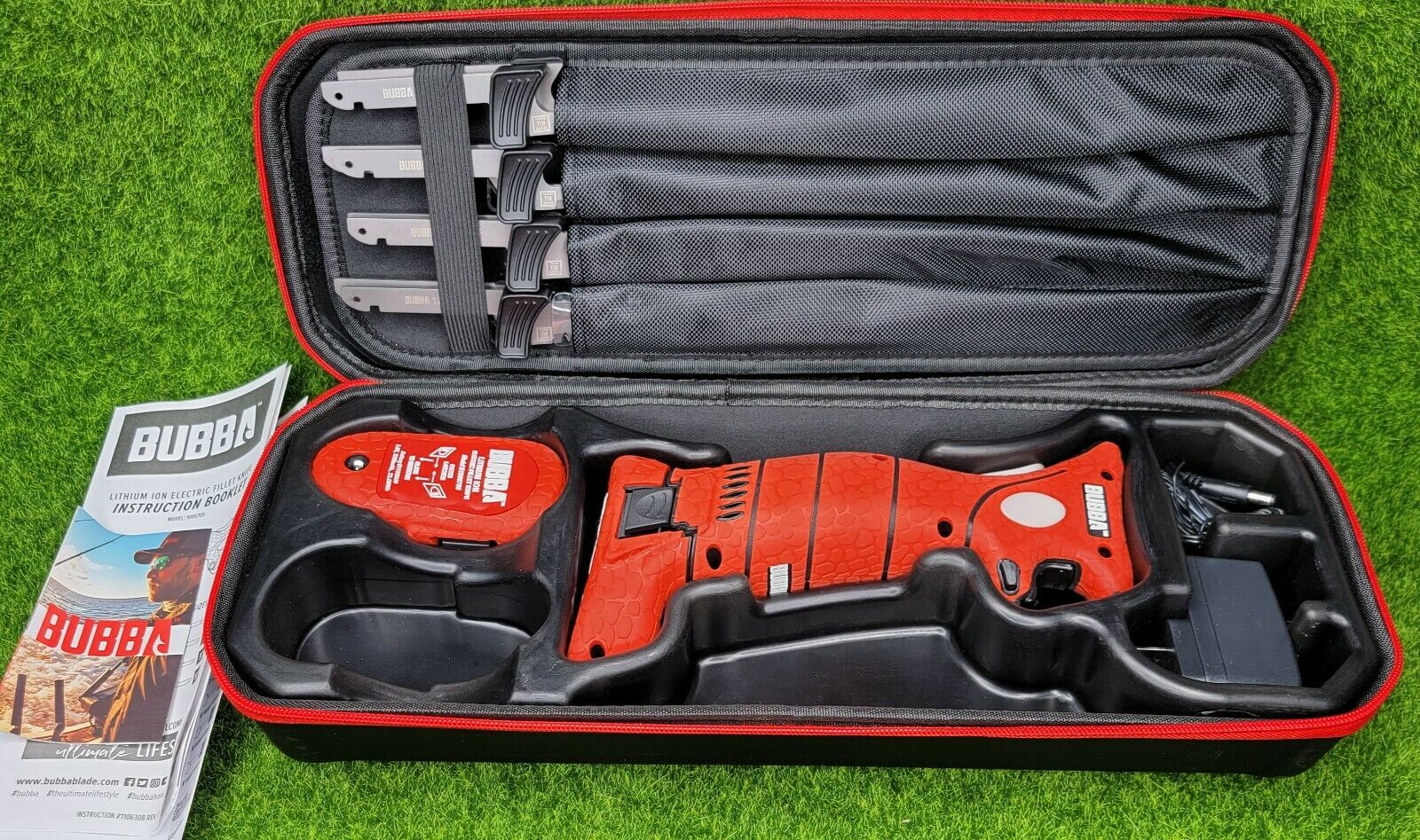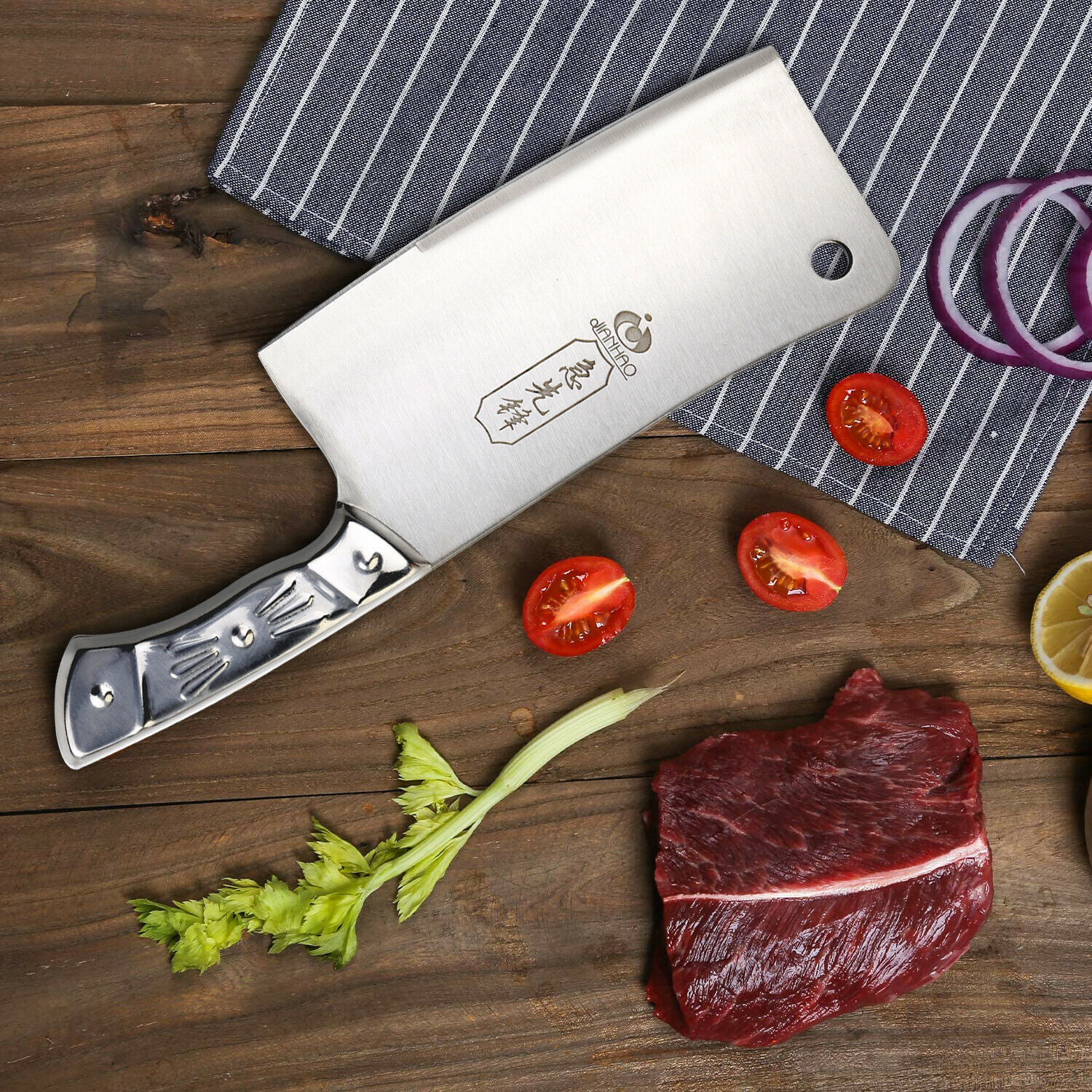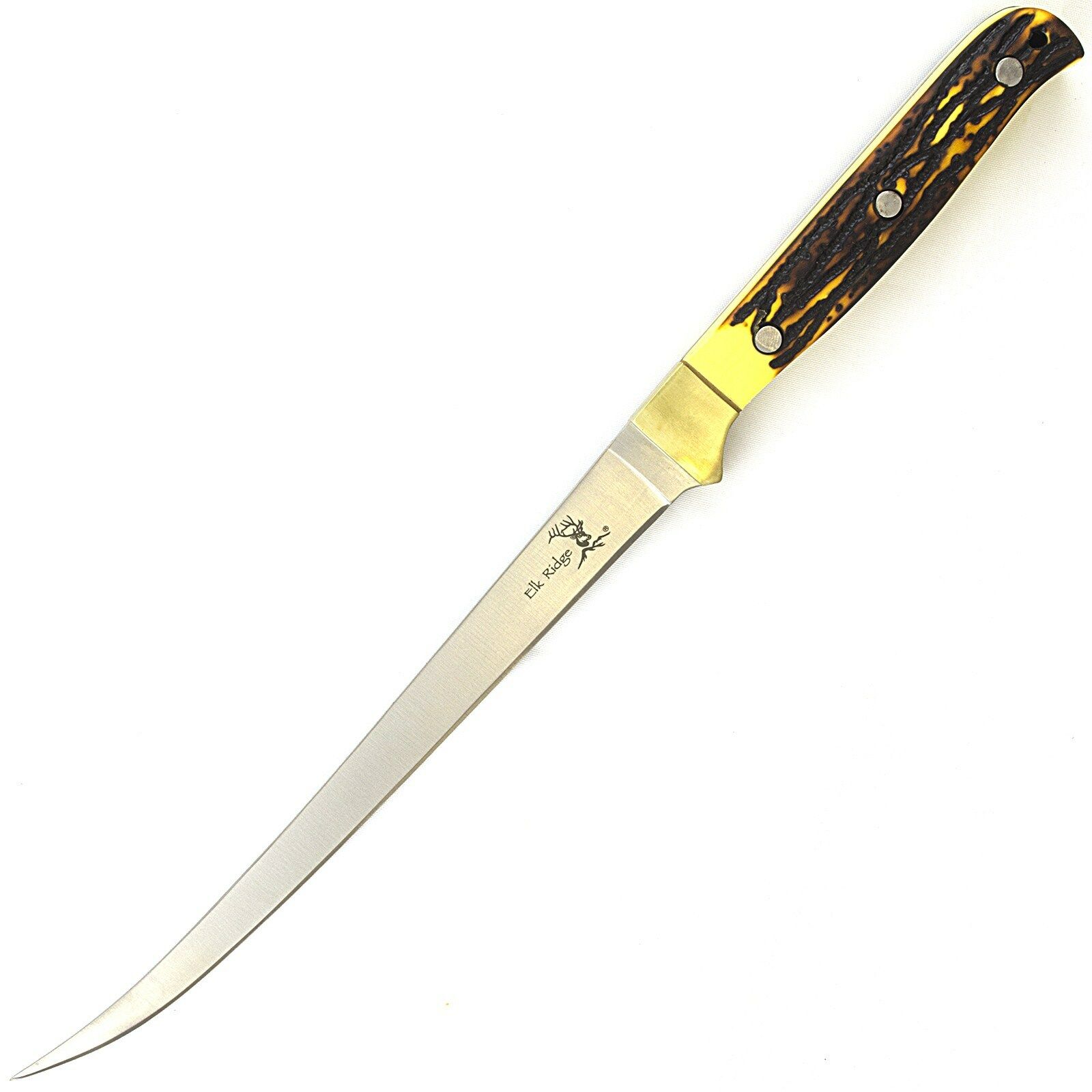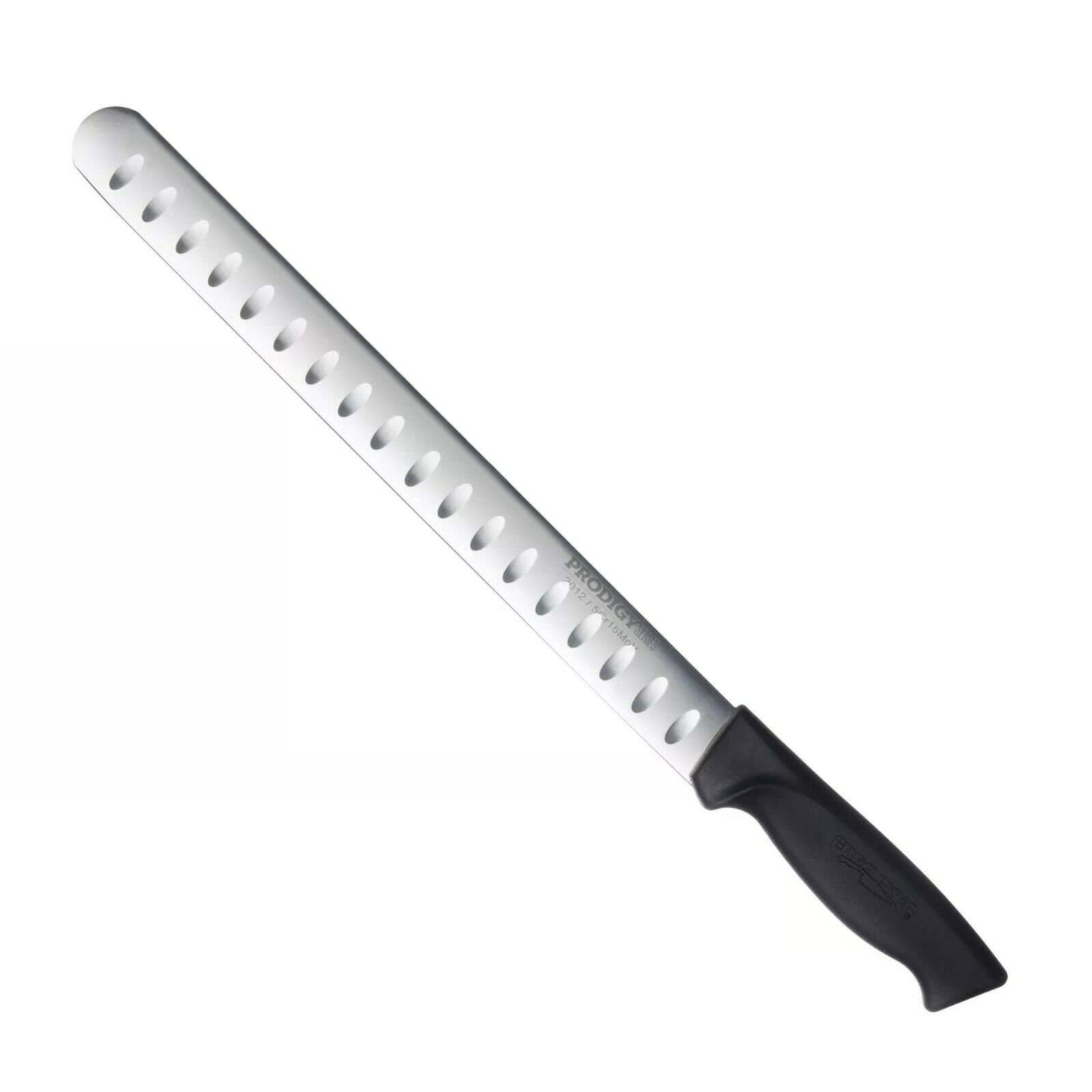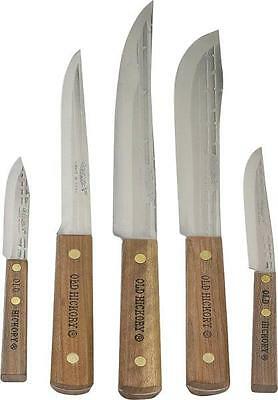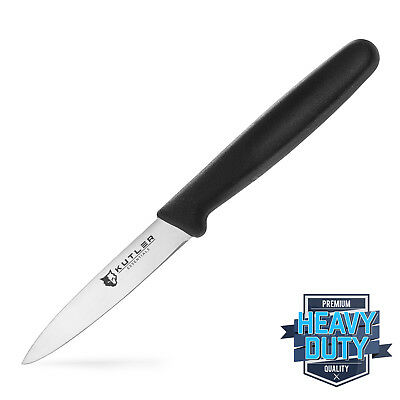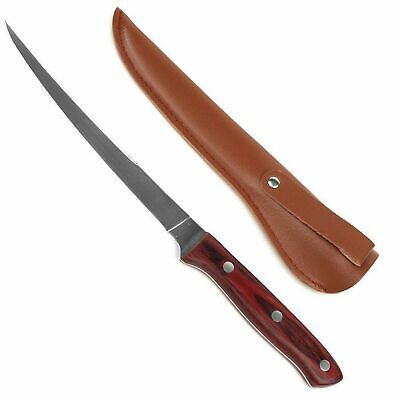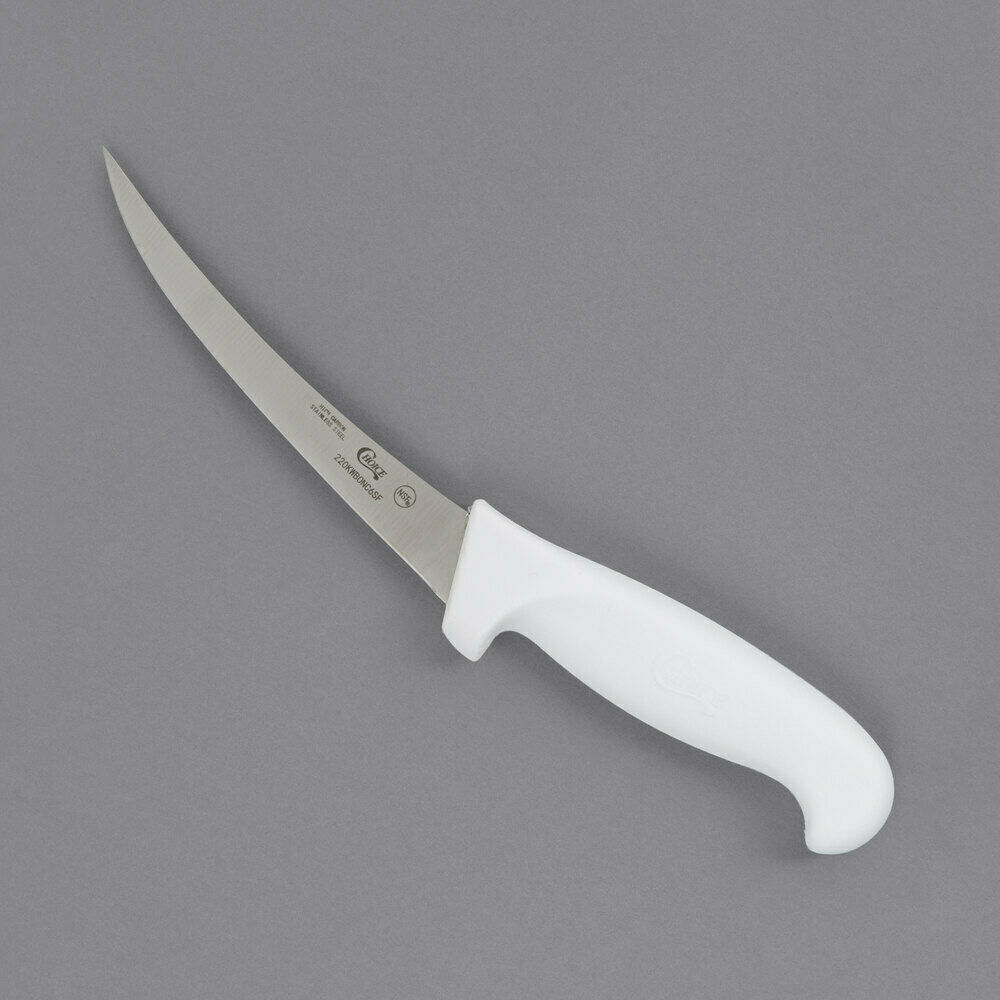Zmdi-facebook
Zmdi-twitter
Zmdi-youtube-play
Zmdi-instagram

Japanese Masamune Kitchen Sashimi Yanagiba Knife 205mm 8 in Polypropylene JAPAN
$22.57
879
All returns accepted: Returns Accepted
Blade Length: 8 in
Blade Material: Molybdenum Stainless Steel
Brand: Satake
Handle Material: Brown Polypropylene Resin with Bolster
Restocking Fee: No
Refund will be given as: Money Back
Condition: New
Number of Items in Set: 1
MPN: 280-106BR
Return shipping will be paid by: Seller
Features: Dishwasher Safe
Item must be returned within: 30 Days
Custom Bundle: No
Country/Region of Manufacture: Japan
Material: Stainless Steel
Blade Edge: Straight
Model: Nosyu Masamune BR
Type: Sashimi Knife
All our products are 100% genuine and manufactured by various Japanese manufactures.
We carry wide range of kitchen knives to choose from; from reasonably priced domestic use models, to knives for professional chefs.
Please select carefully based on your needs, material and size.
Pricing varies on materials used for blades and/or handles.
Blade materials are especially important as they affect the sharpness of the kitchen knives.
Generally speaking, the higher the price, the higher grade material is used.
Japanese Nosyu Masamune Yanagiba Knife 205mm
Molybdenum Stainless Steel
Item description
Designed for cutting sashimi, these knife are used for slicing raw fish by pulling the knife towards you.
If you move the knife on both ways (a sawing motion), the surface will look uneven and dull.
Longer length and single-sided blades.
Item Condition :
Brand New
Brand :
Satake
Model :
Nosyu Masamune BR
Type :
Yanagiba Knife (Single edged Right handed)
Total length :
330mm (13.0″)
Blade length :
205mm (8.1″)
Blade width :
30mm (1.2″)
Blade thickness :
1.6mm (0.06″)
Net weight :
About 85g
Material
Blade : Molybdenum Stainless Steel
Handle : Brown Polypropylene Resin with Bolster
Stainless steel is rust resistant, but less sharp than carbon steel.
However, most Japanese stainless steel blades are mixed with various steel materials to increase sharpness.
You will find that some stainless steel blades will retain its sharpness as much as those made of carbon steel.
Those stainless steel blades are not as rust resistant as blades made of 100% stainless steel.
They may get rusty if you store them without properly drying after use, or leave them without washing for a long period of time after cutting high acidic food such as lemons.
Stainless steel blades are recommended for those who do not want to spend time on maintenance as they do not rust as easily as carbon steel blades.
Please make sure you wipe water out and store it.
Made in SEKI JAPAN
st_280-106BR
Shipping
Shipping to Worldwide.
We offer free shipping on all our products.
Our free shipping comes with a tracking number and up to $60 insurance.
We are happy to offer EMS with additional shipping fee, to fully cover your purchase item.
We offer EMS on some higher end products, please make sure to check the shipping information section of each product.
For multiple purchased items, we may offer EMS to reduce the risk of loss during the shipping, without asking for additional shipping charge.
However, please note there are some countries that we are unable to off EMS.
Shipping Details
Service
Insurance
Shipping Time
Registered Airmail
(Economy Int’l Shipping)
Up to $60
11-23
business days
EMS
(Standard Int’l Shipping)
Fully guaranteed
5-10
business days
I post a tracking number on eBay once the item is shipped, but the tracking system of eBay doesn’t function for the shipment from Japan, so that please trace it from the post office in your country. We are shipping an item from the post office in Japan.
In addition, because it is going though various carriers depending on the countries, please note that the arrival of the item may be quite delayed compare to the schedule.
Knife can be prohibited to import at your local custom,so please check about this at your local custom before your bidding activity.
International Buyers – Please Note
Import duties, taxes and charges are not included in the item price or shipping charges.
These charges are the buyer’s responsibility.
Please check with your country’s customs office to determine what these additional costs will be prior to bidding/buying.
Other information a seller may wish to include
These charges are normally collected by the delivering freight (shipping) company or when you pick the item up – do not confuse them for additional shipping charges.
We do not mark merchandise values below value or mark items as “gifts” – US and International government regulations prohibit such behavior.
Please feel safe that I wrap the package very well to avoid breakage in transit.
We are happy to combine shipping for multiple purchases.
I don’t ship on weekend.
Payment
I accept PayPal only.
About Us
Please do not hesitate to contact me even if you don’t understand my term & condition after reading my sales page.
If you have a question, please be sure to ask me before you make a bid.
Useful information of knives
Useful information before deciding on which kitchen knives to purchase.
Tips on selecting kitchen knives
About blade materials.
There are three main materials: Stainless steel, Carbon steel and Ceramic.
Please read carefully to understand the benefits of each material, and select the knife that fits your needs and style perfectly.
Stainless steel
Stainless steel is rust resistant, but less sharp than carbon steel.
However, most Japanese stainless steel blades are mixed with various steel materials to increase sharpness.
You will find that some stainless steel blades will retain its sharpness as much as those made of carbon steel.
Those stainless steel blades are not as rust resistant as blades made of 100% stainless steel.
They may get rusty if you store them without properly drying after use, or leave them without washing for a long period of time after cutting high acidic food such as lemons.
Stainless steel blades are recommended for those who do not want to spend time on maintenance as they do not rust as easily as carbon steel blades.
Examples of stainless steel (Gingami (Silver steel), molybdenum steel, VG series, A series, 420, 440 etc.,)
Carbon steel
Carbon steel blades are sharp and retain their sharpness for a long time, but can easily rust.
Professional chefs and cooks prefer to carbon steel blades.
They are recommended for people looking for a sharp knife and who are willing to spend some extra time on maintenance.
Examples of carbon steel (White steel, Yellow steel, Blue steel etc.,)
Ceramic
Thin, sharp and light weight, ceramic is recommended for women or seniors.
As it is not a non-metal material, it does not get rusty and easy to maintain.
However, ceramic blades are not so easy to use when cutting something hard or butchering meat.
Also blades may break when cutting something hard.
When ceramic blades get dull, you need to sharpen with a diamond whetstone as you cannot sharpen with a regular whetstone or sharpener.
About the blades
For safety reasons, most manufactures ship their blades about mid-range sharpness.
After purchasing your items, please sharpen with a #3000 whetstone to finish.
This helps maintain the sharpness and the longevity of the blade.
Daily maintenance is as important as choosing the right material for your kitchen knives.
How to take care and store your kitchen knives
We hear complains that peoples knives get rusty very quickly, improper maintenance appears to be the number one cause for most cases.
Most Japanese culinary knives have various steel added to stainless steel to make the blades sharper.
Even though stainless steel is harder to get rusty, poor maintenance can cause the blades to rust.
After cutting citric fruits, wash off completely to remove the acidity, wipe off excess water and dry completely to prevent rust.
Carbon steel knives are very sharp and cut food very easily, however they can easily rust without proper maintenance.
After use, rinse with hot water, wipe off excess water and dry before storing, which minimizes rust and also ensures proper hygiene.
Before storing for a long period of time, add thin layer of vegetable oil on the blade, wrap in a newspaper and store in a well-ventilated area.
How to sharpen blades
Sharpen your kitchen knife blades with a mid-grid whetstone, somewhere between #800 to #1500.
Even though it depends on the type of blades, rule of thumb is to retain about 15-degree angle when sharpening.
Please be extra careful, as sharpening with an incorrect angle or not retaining the same angle can chip or dull the blades.
If you prefer, sharpen with a finer-grid #3000 whetstone for additional sharpness and finishing.
For chipped or damaged blades, first sharpen with a rough-grid whetstone, about #120 until the straight blade line is obtained, and then use a mid-grid whetstone.
It will be best to ask for professional help for those chipped or damaged blades, as it requires some skills and experience.
We also recommend having a professional to sharpen your knife if you feel you are not skilled enough to do so or your kitchen knives are made from the materials that are better off in a professionals’ hands.
Saw or serrated blades cannot be sharpened with a whetstone or a sharpener, ask your professional sharpener or sharpen with a small file.
We offer various maintenance products for your easy sharpening experience.
There are various whetstones on the market, and you may be confused on which one to purchase.
Our store offers various whetstones based on the purpose and applications.
We recommend whetstones for those looking for professional finish.
We also offer a support holder to retain the 15-degree angle for first-timers sharpening with a full-blown whetstone.
Those support holders are great for those who are uncertain if they are retaining a certain degree while sharpening kitchen knives.
Stick type ceramic whetstones are recommended for daily household use.
We recommend sharpeners for someone who are unsure about retaining a degree sharpening with a whetstone or prefer not to use a whetstone.
We carry very compact designed sharpeners for household use in mind.
However, you cannot sharpen single-side angled blade kitchen knives with sharpeners.
Knife Categories
Thank you for looking!

